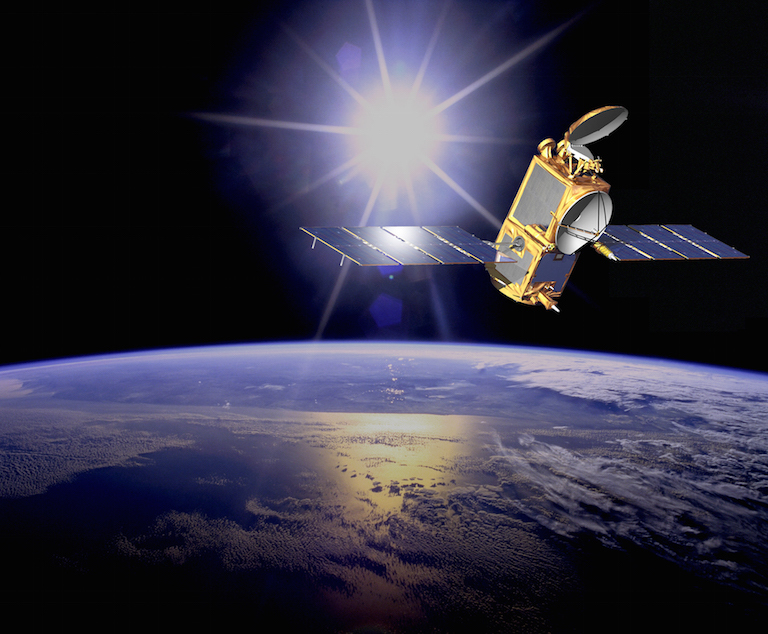10 minutes maximum! Can you do it in 5? |
||||||||||||||||||||||||||
Q1-3. The diagram shows 2 asteroids. Both asteroids are attracted to each other by the force of gravity. Asteroid X is much larger and more massive than asteroid Y.
|
||||||||||||||||||||||||||
1. Which one of the following best describes the relative sizes of the forces of gravity FX and FY acting on the asteroids?
|
||||||||||||||||||||||||||
2. If the mass of both asteroids is doubled, how does this affect FY?
|
||||||||||||||||||||||||||
3. If the original asteroids in the diagram are moved 4 times as far apart, how will this affect the original value of FY?
|
||||||||||||||||||||||||||
4. The acceleration of gravity, 'g' is defined as .....
| ||||||||||||||||||||||||||
5-10. A small satellite of mass m is in orbit around a large planet of mass M at a distance of r from the centre of the planet. The gravitational constant is 'G'. |
 |
|||||||||||||||||||||||||
5. The value of the acceleration of gravity 'g' acting on the satellite is calculated. What is these statements is true?
|
||||||||||||||||||||||||||
6. The satellite moves closer to the planet to take images of the surface. How will this affect g and v, the velocity of the satellite in orbit?
|
||||||||||||||||||||||||||
7. Which of these formulas can be used to calculate the value of the orbital velocity v?
| ||||||||||||||||||||||||||
8. Which of the following correctly states the value of v2?
| ||||||||||||||||||||||||||
9. The satellite orbits the planet once every 10,000 seconds. What is the frequency of this orbit?
| ||||||||||||||||||||||||||
10. if the radius of the orbit is 107 m, what is the velocity of the satellite?
| ||||||||||||||||||||||||||